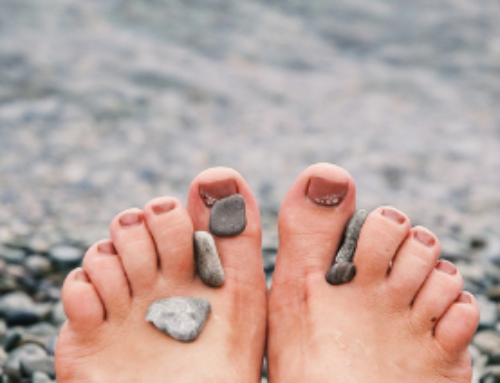 Earlier this year we were all blown away to discover that the human nose can detect some trillion different smells so it won’t surprise you to read that my nose was working overtime during a recent visit to the Grand Canyon National Park! While there we got to experience a pretty sweet combination of ozone, essential oils, and soil bacteria wafting up our nostrils as our eyes beheld the wonder that is the kaibab a Navajo word meaning “mountains lying upside down.”
Earlier this year we were all blown away to discover that the human nose can detect some trillion different smells so it won’t surprise you to read that my nose was working overtime during a recent visit to the Grand Canyon National Park! While there we got to experience a pretty sweet combination of ozone, essential oils, and soil bacteria wafting up our nostrils as our eyes beheld the wonder that is the kaibab a Navajo word meaning “mountains lying upside down.”
Petrichor
Petrichor is the smell of rain on dry ground, and in the high mountains of the desert Southwest dry ground is quite common. The smell is actually a combination of aromas:
- geosmin – a byproduct of soil bacteria
- ozone – during lightning strikes
- essential oils
As an aromatherapist, I am most interested in the latter ingredient, but altogether the smell of rain is pretty wonderful!
 Aromatic Molecules
Aromatic Molecules
The essential oil molecules I was breathing in while hiking the South Rim were coming from several different evergreen trees:
Ponderosa Pine (Pinus ponderosa), that beautiful, tall pine tree that I grew up with in Northern New Mexico is held very dear to my heart. The essential oil of Ponderosa Pine has a large percentage of alpha and beta pinene which contributes to its antioxidant and anti-infectious properties.
Utah Juniper (Juniperus osteosperma), another tree I grew up with, has these beautiful little blue-green berries on them. We used to boil the needles and serve it as a tea with local honey to soothe stomach complaints on the advice of a folkhealer friend when I was a child. The esters found in Utah Juniper make this essential oil a little sweeter to the nostrils. Therapeutic actions include support for the digestive and lymphatic systems, it’s a good toning essential oil for mind and body I find.
Pinon Pine (Pinus edulis), sometimes also spelled Pinion and Pinyon, this pine tree is another childhood favorite of mine. Every 3-5 years we’d get a really good rainy season in the Sangre de Cristo mountains in New Mexico and that year we’d be competing with the chipmunks, squirrels, and other creatures for the high-energy pine nuts. I’d help Mom drape old sheets under a few trees and the nuts would fall on those sheets for us to collect the next morning. Compared to the Ponderosa Pine the Pinon Pine has a lot more alpha pinene but the esters in this oil give a gentler greeting to the nostrils – a little sweet top-note before the terpenic, resinous notes follow. The resin was traditionally used for respiratory support and in wound healing. We used to use the resin in a “dancing leg tincture” when I was training in herbal medicine many moons ago in Taos.
Grand Canyon
We had a wonderful experience exploring the South Rim of the Grand Canyon during our trip and came home with some great memories and beautiful photographs. For a really cool read check out Robert Tisserand’s article on research related to essential oils and global warming, neat stuff I tell ya’!








Leave a Reply